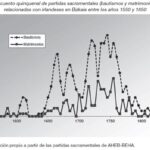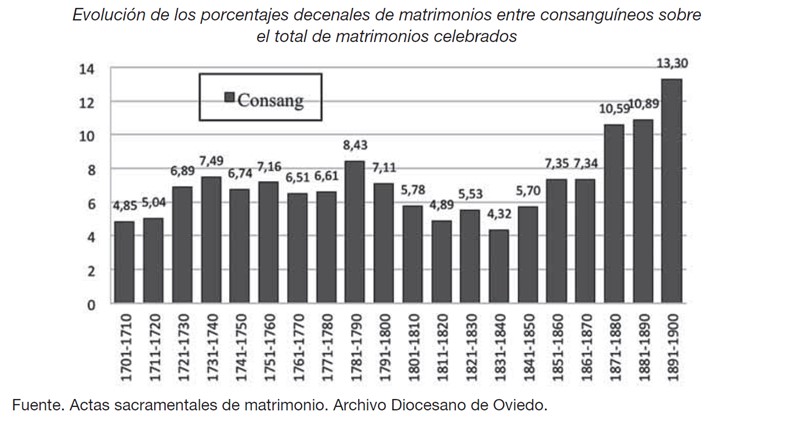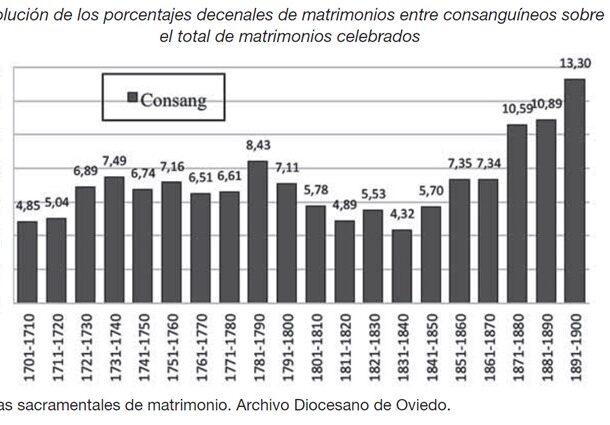The good trade relations between Ireland and Biscay, based on fishing activity, meant that Irish immigration to Biscay began to gain importance from 1600 onwards. The connection between the two territories was reinforced decades later when the Hispanic Monarchy supported the Irish cause against England; this dynamic led to the settlement of Irish exiles in the north of the Iberian Peninsula. Thus, in the mid-17th century, there was an increase in the number of Irish baptisms registered in Biscay caused, according to the author, by the English army’s occupation of Ireland between 1649 and 1653. Many Irish nobles were stripped of their property and expelled from their lands due to their Catholic religious status and sought to settle in the commercial ports of their usual networks. At the end of the 17th century, the level of births and marriages fell due to the policy of appeasement shown by James II. After the loss of the throne of the last English Catholic monarch, the 18th century saw the great Irish migration to Biscay.
Collection: Graphics
Project: 4. Family, daily life and social inequality in Europe., 9. Travels and travelers: economic, social and cultural connections.
Chronology: XVI, XVII, XVIII, XIX
Scope: Secondary Education, Baccalaureate, University
Link: https://www.adeh.org/revista/2019,%201/1%20Cagigal%20RDH%20XXXVII-I-2019.pdf
Resource type: Graph
Format: Line chart
Source: Cagigal Montalbán, E. (2019). "La presencia irlandesa en Bizkaia a través de los registros parroquiales (s. XVII-XVIII)", en Revista de Demografía Histórica, XXXVII, 1, p. 23.
Language: Spanish
Date: 2019
Owner: Pablo Ballesta Fernández (Modernalia)
Copyright: ©Revista de Demografía Histórica ©Ekain Cagigal Montalbán
Abstract: Five-year graph of the evolution of Irish immigration in Bizkaia
Image
Tags








